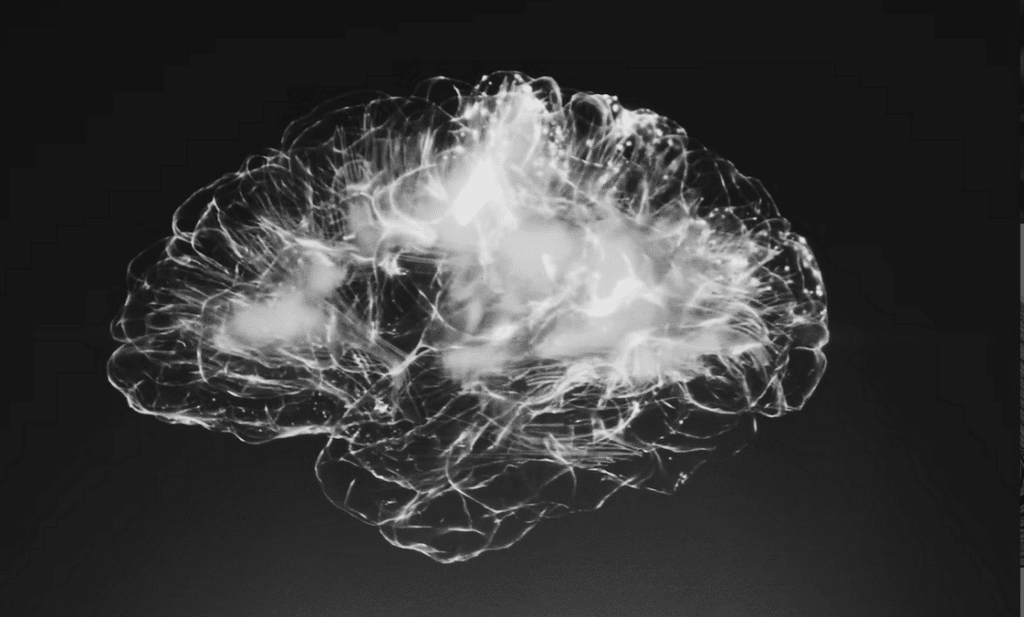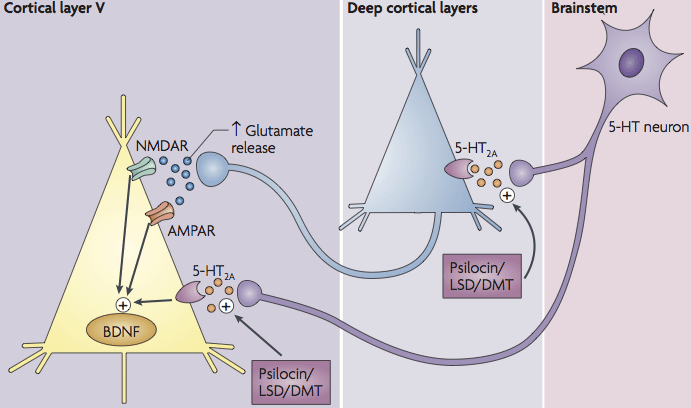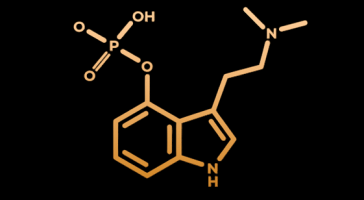The old post about magic mushrooms and MS
In October 2019 we wrote a message about how magic mushrooms could play a role in reducing the symptoms of Multiple Sclerosis. The old message, which mainly focuses on stress reduction and increasing BDNF, can be read via the following link:
Update in 2023
After many questions from people suffering from MS and further developments, it is time for an update on psilocybin and MS. After we posted the earlier message, a small study was done with psilocybin in people with MS. This 2019 study examined the effects of psilocybin on depressive symptoms and quality of life in people with advanced MS. The results showed that psilocybin reduced symptoms of depression and anxiety and that improvements in quality of life persisted for up to 5 weeks after treatment in some participants. Unfortunately, the effect of psilocybin on MS has not been further investigated.
Our experience with people with MS
We often notice an improvement in mood among our former customers with MS, just like in the small-scale study from 2019. A better mood often also helps to deal better with MS. Stress reduction can also help reduce the symptoms of MS for some. In theory, psilocybin may reduce the damage of MS by increasing neuroplasticity and neurogenesis. This is initiated by increasing BDNF by psilocybin. However, we do not have long trajectories where we can follow people with MS. All our experiences are based on single sessions and anecdotal evidence. Everything is a theory for now.

The theory behind psilocybin and MS
In addition to stress reduction and improved mood, which can mean a lot in MS, BDNF plays a major role. By taking a medium to high dose of psilocybin (15-45mg), psilocybin will show a lot of activity on the 5HT2a receptors after conversion to psilocin. This increased activity produces a lot of BDNF.

BDNF is a neurotrophin that stimulates the repair of neurons and the creation of new nerve connections. If you create more new connections than are broken by MS, this could theoretically slow down or even reverse MS. However, there is no scientific evidence yet that BNDF works in people with MS. A study conducted in mice with an MS-like disease found that treatment with BDNF reduced the disease and reduced inflammation and demyelination in the central nervous system. Another study in human cell cultures suggested that BDNF may have neuroprotective effects against the inflammatory response seen in MS. It therefore strongly appears that BDNF plays a role in MS.
How often should you do a psilocybin session?
We recommend that customers without MS not have a psychedelic session with a higher dose more than once every 1 to 2 months. For people with MS, we say that they should at least adhere to an interval of two weeks. If follow-up sessions are done too quickly, there is a risk of tolerance. The time interval is preferably between 2 and 10 weeks.
A psilocybin session with guidance
Do you want guidance with your higher-dose psilocybin session? We can help you! We recommend that you complete the intake form below in full. We use this to screen for health and safety. We will also advise which drug and dosage seems best. The intake will also form the basis for advice during the preparation for the psychedelic session. The intake can be found via the link below:

Increasing BDNF can also be done in other ways
Although psilocybin, DMT and LSD can greatly increase BNDF, there are other things you can do that will increase it to a lesser extent. The best thing is to do as much good as possible at the same time. There are also a number of things that you should avoid. A summary of these matters regarding BDNF can be found in the article below:
Read here how to increase BDNF
Substantial BDNF increase without psychedelics
The Japanese PeptiGrowth is developing a signaling substance that you can take as an alternative. So you no longer need to take a psychedelic trip to increase BDNF. This of course has its pros and cons as the psychedelic experience can contribute to a change in mood. The advantage is that you can still significantly increase BDNF without tripping. The name of the alternative is called TrkB agonist peptide. We think it would be advisable to follow the science surrounding psilocybin and the TrkB agonist peptide and, if studies show that we are on the right track, to do a psilocybin session once a month alternating with a period with this new TrkB agonist peptide. This peptide is expected to be available for research in March 2023.
What else can you do?
In MS, the immune system attacks its own nerve cells. The fatty myelin is what is attacked by the body's own immune system. So it may be that there is something in the myelin that should not be there. It has often been suggested that heavy metals can sometimes accumulate in fatty substances. It is advisable to limit the intake of fat-soluble harmful substances such as heavy metals and microplastics.

Myelin is made by special cells called oligodendrocytes in the central nervous system (brain and spinal cord) and Schwann cells in the peripheral nervous system (nerves that run throughout the body). These cells produce and maintain the myelin layer through a complex process known as myelination. With myelination you rely on substances from your diet such as vitamin B12, iron and healthy fats. Healthy fats are very important, but the current problem is that we consume an excess of unhealthy fats. Furthermore, the healthy fats we consume become unhealthy by heating them. These fats therefore oxidize and contribute to inflammation in tissues and perhaps also myelin. With MS it is therefore extra important to consume healthy fat.
Read more about this here healthy fats and chronic inflammation
